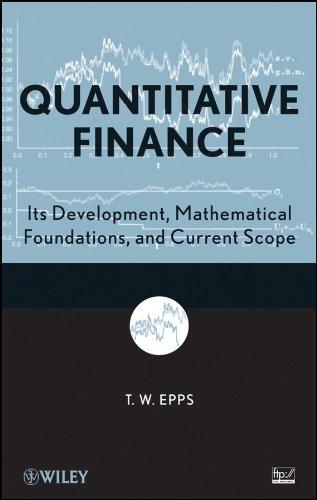Assignment: Chapter 12 - Investing in Stocks and Bonds 4. Paying taxes on stocks What It Means to Invest in Stocks? Common stock is considered to be one of the most popular investment vehicles for long-term wealth building. Investors earn income from common stock in the form of dividends and/or capital gains. As an investor it is important to understand the implications of investing in stocks from a tax perspective. Two years ago, Carl purchased 100 shares of a particular company's stock at a price of $65.64 per share. Last year, Carl received an annual dividend of $1.95 per share, and at the end of the year, a share of stock was trading at $65.88 per share. This year, Carl received an annual dividend of $2.15 per share and afterward sold all 100 shares at a price of $76.09 per share. In the first column of the following table, enter the total annual dividends Carl received each year, as well as the total capital gains at the end of each year. Suppose Carl is in the 35% tax bracket. Compute the taxes Carl pays each year on dividends and capital gains from this investment by completing the second column in the table. Calculating Taxes Owed on Carl's Investment Amount Taxes Owed Year 1 Dividends: Capital Gains: Year 2 Dividends: Capital Gains: The total amount of investment income (pre taxes) that Carl earned on this investment over the course of 2 years is The total amount that Carl pays in taxes on income from this investment income is Assignment: Chapter 12 - Investing in Stocks and Bonds 4. Paying taxes on stocks What It Means to Invest in Stocks? Common stock is considered to be one of the most popular investment vehicles for long-term wealth building. Investors earn income from common stock in the form of dividends and/or capital gains. As an investor it is important to understand the implications of investing in stocks from a tax perspective. Two years ago, Carl purchased 100 shares of a particular company's stock at a price of $65.64 per share. Last year, Carl received an annual dividend of $1.95 per share, and at the end of the year, a share of stock was trading at $65.88 per share. This year, Carl received an annual dividend of $2.15 per share and afterward sold all 100 shares at a price of $76.09 per share. In the first column of the following table, enter the total annual dividends Carl received each year, as well as the total capital gains at the end of each year. Suppose Carl is in the 35% tax bracket. Compute the taxes Carl pays each year on dividends and capital gains from this investment by completing the second column in the table. Calculating Taxes Owed on Carl's Investment Amount Taxes Owed Year 1 Dividends: Capital Gains: Year 2 Dividends: Capital Gains: The total amount of investment income (pre taxes) that Carl earned on this investment over the course of 2 years is The total amount that Carl pays in taxes on income from this investment income is








